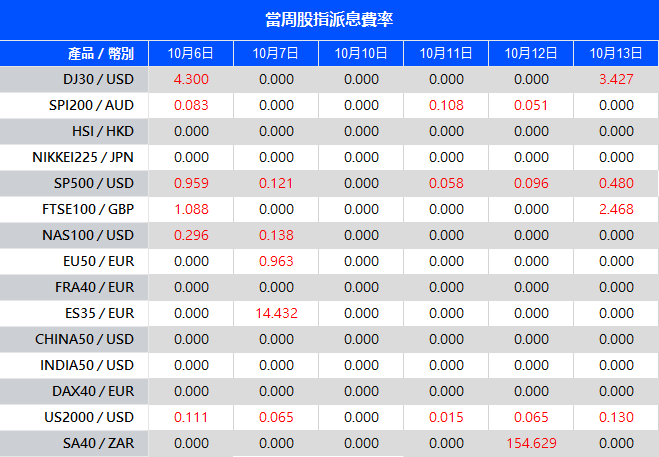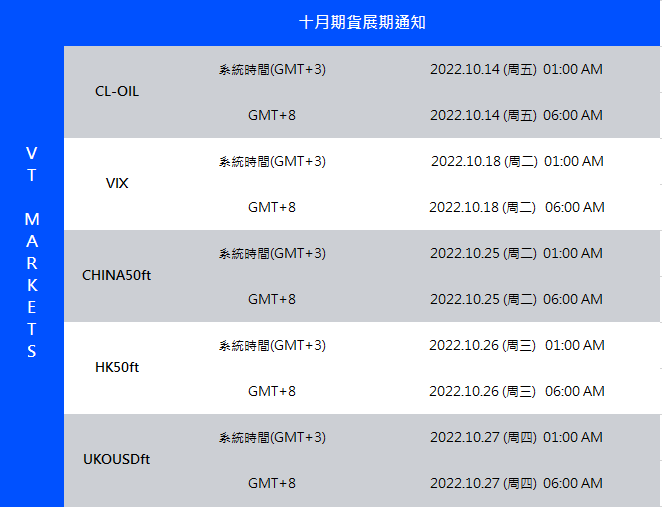U.S. equities experienced a volatile trading session with the release of U.S. CPI data. The Dow Jones Industrial Average rose 2.83% to close at 30038.72. The S&P 500 gained 2.6% to close at 3669.91. The tech-heavy Nasdaq Composite climbed 2.23% to close at 10649.15. U.S. equities futures continued to rise after the bell as U.S. treasury yields retreated below their intraday high of above 4%.
U.S. CPI data came in above expectations at 8.2%, year over year; however, core inflation, which strips out food and energy costs, jumped to its highest level since 1982—suggesting a broad-based rise in prices. The risk-off sentiment during the early American trading session quickly reversed as market participants bought in after the initial steep drop.

Looking ahead, as the third-quarter earnings season approaches, market participants should brace themselves and expect lowered earnings and lowered forward guidance. However, the hit to earnings could be mild as the Fed’s tightening has yet to be fully reflected on income statements. The financial sector will kick off the Q3 earnings season with JP Morgan Chase, Wells Fargo, Morgan Stanley, and Citigroup set to release their earnings before today’s American trading session. September’s retail sales will be released at 8:30 (EST).

Main Pairs Movement
The Dollar Index lost 0.71% over the course of yesterday’s trading. The Dollar experienced a turbulent trading session with the U.S. CPI data release and the subsequent equity market rally. The weakened Dollar came after the Dollar index broke above 113. Respite for Dollar bears came after market participants decided to “buy the dip”, despite inflation continuing to run hot.
EURUSD gained 0.76% over the course of yesterday’s trading. The Euro-Dollar pair reversed its downward trajectory, but the Euro is still plagued by slowing economic growth and soaring energy costs.
GBPUSD soared 1.98% over the course of yesterday’s trading. Reports of the British government reversing its course on the mini-budget policy have acted as a tailwind for the Pound’s rise.
Gold lost 0.42% over the course of yesterday’s trading, despite a broadly weaker Dollar. The Dollar denominated metal’s drop came as short-term U.S. treasury yields spike above 4%
Technical Analysis
EURUSD (4-Hour Chart)

The EUR/USD has gathered bullish momentum and climbed toward 0.9800 during the American trading hours on Thursday. The positive shift witnessed in risk sentiment causes the greenback to lose interest as a safe haven despite the hot September inflation report. US core CPI reached a 40-year high at 6.6% YoY, exceeding forecasts, cementing the case for further Fed tightening at November’s meeting. However, as sentiment shifted positively, US equities are trading in the green. In the Eurozone, the Bundesbank and Belgium’s central bank chiefs, Joachim Nagel and Piere Wunsch prompted the ECB for more interest rate hikes due to high inflation levels in the Eurozone. During the EU trading session, German inflation figures rose as expected but persisted at high levels, as shown by HICP at 10.9%, while German CPI remained at 10%.
From the technical perspective, the RSI indicator figures 57 as of writing, suggesting that the EURUSD would continue the upside tractions until RSI reach 70, an overbought level. As for Bollinger Bands, the pair is now priced above the upper band, and the gap between the upper band and the lower band became larger, indicating the bullish momentum could persist until the price fell back below the 20-period moving average.
Resistance: 0.9927, 0.9986, 1.0035, 1.0155
Support: 0.9664, 0.9551
GBPUSD (4-Hour Chart)

The GBP/USD pair gains strong positive traction for the second straight day on Thursday and builds on the previous day’s goodish rebound from a nearly two-week low. The bullish momentum lifts spot prices to a one-week high, though falter near the 1.1300 mark following the release of hotter US consumer inflation figures. The British pound gets a strong lift amid talks that the new UK government could reverse its vast tax cuts announced in the mini-budget in September. The intraday positive move, however, runs out of steam amid a strong pickup in the US dollar demand, bolstered by a stronger US CPI report and hawkish Fed expectations. Apart from that, the bank of England can still send a message by ratcheting up to a 75 bps hike in November. The pair was priced at the 1.134 level as of writing.
For the technical aspect, the RSI indicator figured 68, suggesting the bullish momentum could persist until the RSI indicator hit 70 and may slow down. As for the Bollinger Bands, the pound price broke through the upper bound, and the gap between the upper band and lower band became larger, implying the upside trend would persist until the price fell back to the Bollinger band area.
Resistance: 1.1485, 1.1715, 1.1853
Support: 1.0968, 1.0632, 1.0392
XAUUSD (4-Hour Chart)

The XAUUSD has dropped on the back of the main event for the week’s outcome in the US Consumer Price Index, gold was priced at the $1658 mark as of writing. Critical US CPI figured 8.2%, higher than the expected 8.1%, and core CPI reads 6.6%, also bigger than the forecast 6.5% level. Once again, hotter-than-expected US inflation numbers for both the core and headline measures are not seen as good news for the Federal Reserve or the US economy. It’s worth noting that inflation’s rising persistence suggests the Fed is unlikely to stop hiking preemptively, which points to a prolonged period of restrictive rates. In the meantime, the US dollar index shot to a high of 113.888 following the consumer data release, then confront heavy selling transactions and fell back to a low level of 112.530 as of writing. Overall, the gold price will likely prevail in a sustained downtrend.
From the technical perspective, on the four-chart scale, the RSI indicator figured 42, implying the yellow metal was sitting at a mild downside trend until the RSI indicator hit above 50, then it will attract some upside tractions. As for Bollinger Bands, the gap between the upper band and lower band became closer and the price is wander in the lower area, suggesting a slow bearish momentum weight on the yellow metal.
Resistance: 1680, 1712, 1726
Support: 1654, 1644, 1620
Economic Data
| Currency | Data | Time (GMT + 8) | Forecast |
| USD | Core Retail Sales (MoM) (Sep) | 20:30 | -0.1% |
| USD | Retail Sales (MoM) (Sep) | 20:30 | 0.2% |
































